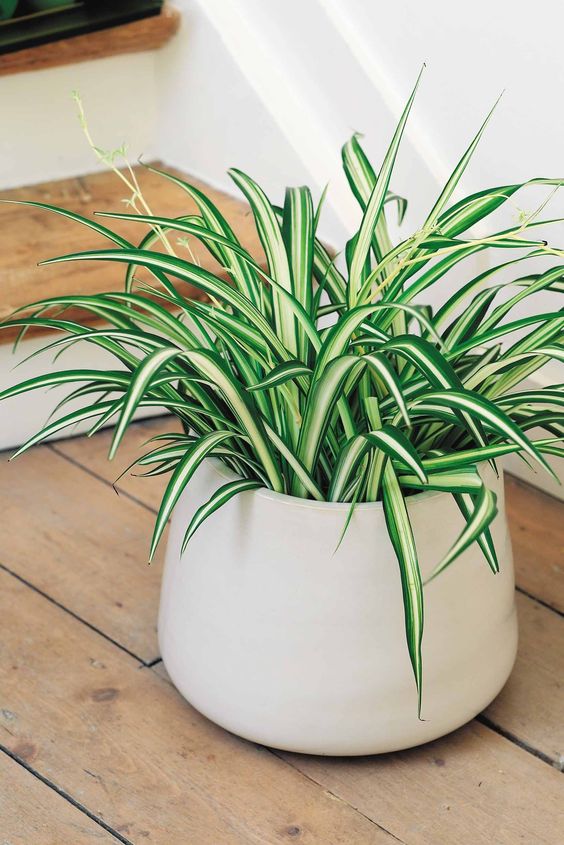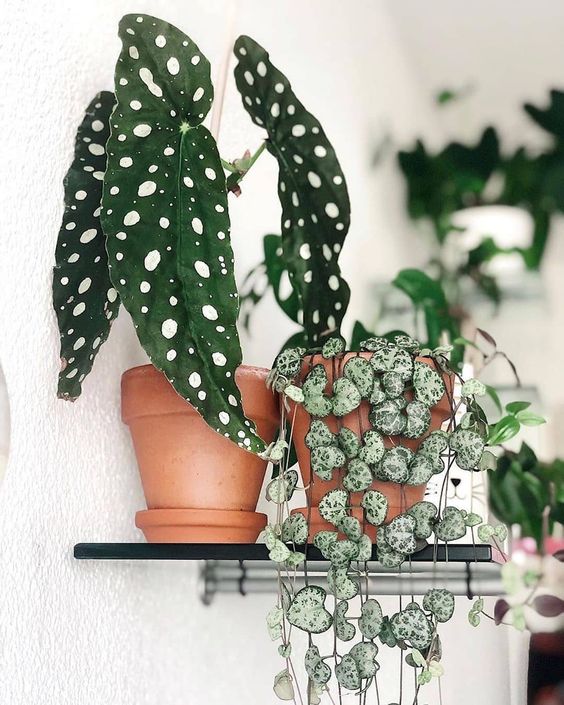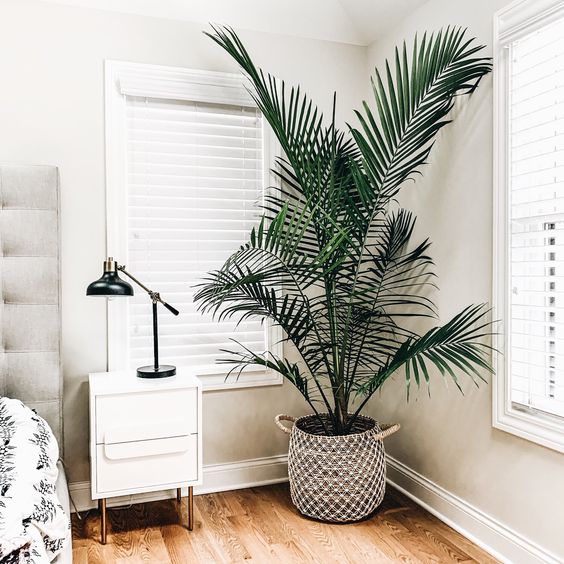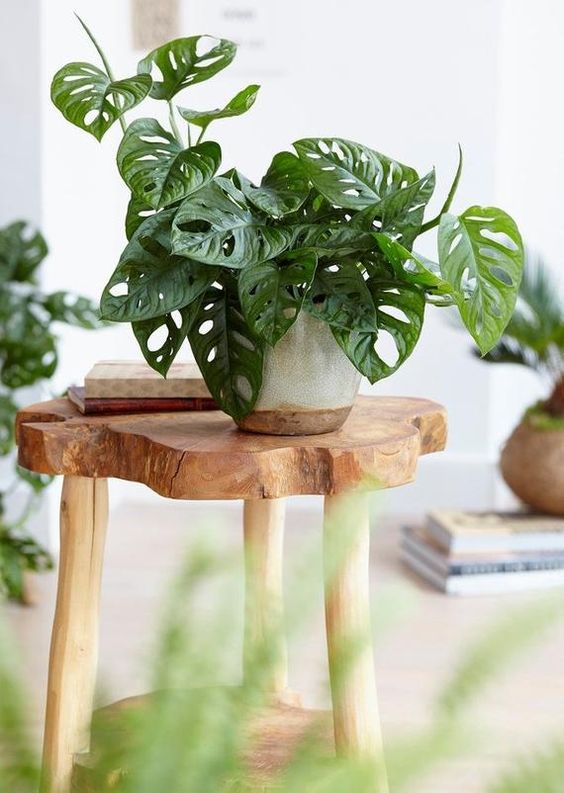The 1970’s were the original glory-days for indoor plants. Nearly every home in the country had a delicate maidenhair fern in the bathroom, where it joyfully thrived in the damp atmosphere. Then of course, there were those hanging plant holders made from macrame—a painstaking and time-consuming process of tying knots, which rewarded your patience with a very satisfying outcome.
Knowing that what goes around almost certainly comes around again, it should be no surprise to find indoor plants—and even macrame—enjoying a design and decor renaissance some 40 or so years later. This time around, the movement is popularly known as ‘botanical style’ and while some of the featured plants are the same, there are new additions to the list of species that will survive—and hopefully thrive—indoors.
House plants add character to your home’s interior and they absorb CO2 and produce oxygen. While it’s easy to find permanently-perfect faux flowers and plants at chain stores, for very reasonable prices, there’s something rather nice about cultivating the real thing.
Here are some favourites that can be relied upon to perform well.

Ferns like a damp, humid atmosphere which is why they do best in bathrooms. Try not to over-water though, as they can easily drown.

The spider plant is another 1970s come-back for the 21st Century. Put it somewhere with good light and water it weekly.

Peace lilies with their elegant white flower heads grow well inside, in the right position and they can also help filter impurities from the air.

Rubber plants grow surprisingly tall indoors and they’re very hearty—in other words, hard to kill. Polish their leaves regularly. It’s surprisingly satisfying and some owners swear by using mayonnaise for extra shine!

Kalanchoe, begonias, cyclamen and African violets are all potted flowers that are suitable for indoor display. They usually come with growing instructions, or check online and match them to their prime positions in your home.

Palms are traditional indoor favourites and they’ll perform especially well in a warm part of the house. Parlour palms, Chinese fan palms and lady palms are just some of the possibilities. Take them outside for a drink during warm rainy days in summer.

No collection of indoor plants would be complete without a Swiss cheese plant. Every home used to have one and now they’re back on top of the pops, with their large, bright green, holey leaves. They do like being indoors if they get enough (non-direct) light but they can grow rather rampantly and will eventually need to be staked.
…
Various other plants will grow, away from the garden, but you might need to experiment a little when deciding which ones work best at your place.
You might also like some more indoor plant tips here.
♥ KC.

